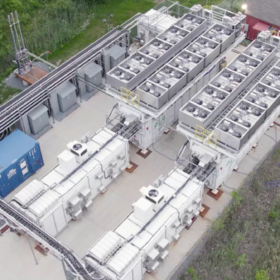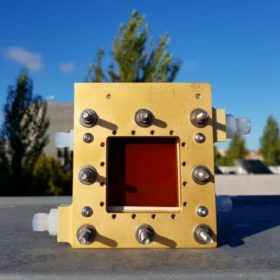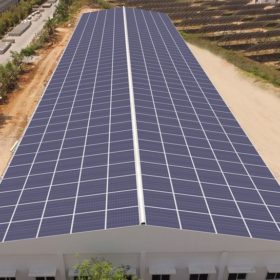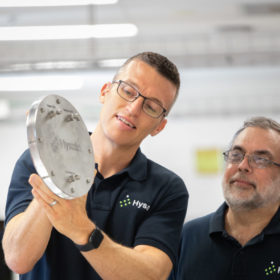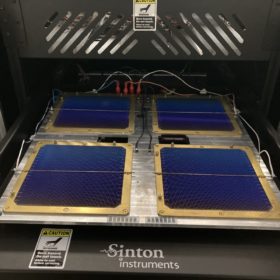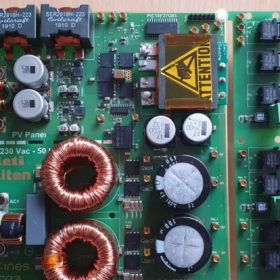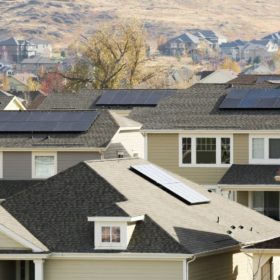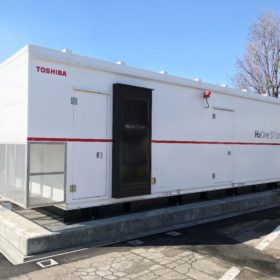The Hydrogen Stream: Fuel cells for backup power
The PEM fuel cell test in New York demonstrated the viability of this technology at 3 MW, the first time at the scale of a backup generator at a data center. Meanwhile, a Spanish-Indian venture will develop up to 300 MW of installed green hydrogen production capacity in the Iberian Peninsula, and a Norwegian-German partnership aims to have a demo track powered by a fuel cell system on the road in mid-2023.
Straight to storage via solar integrated batteries
Scientists in China evaluated the prospects for various approaches to integrating both solar generation and energy storage in a single device. Their work outlines several ways this could increase the efficiency of solar energy storage, and recommends that future research on this area should focus on integration of materials with the highest specific capacity for energy storage, alongside the dual function of solar energy harvesting.
Aleo Solar unveils 345 W rooftop photovoltaic module
The new panel from the German manufacturer may also be used as a solar tile and is claimed to be particularly suitable for historical buildings and aesthetically demanding new construction and renovation projects.
Integrated solar roof from India
Visaka Industries’ patented Atum solar roof is reportedly able to reduce building temperatures by up to 40%.
Hysata brings capillary-fed eletrolyzer tech closer to commercial production
Australian startup Hysata is seeking to commercialize a breakthrough made at the University of Wollongong which CEO Paul Barrett describes as a “brand new category of electrolyzer” with 95% system efficiency.
Using p-type wafers in heterojunction solar cells, not a lost battle
An international research group has reconstructed the trajectory of p-type wafers in the heterojunction solar cell segment and has identified the lack of knowledge about boron-oxygen related light-induced degradation (BO-LID) as the main cause for the limited adoption of these wafers and the success of their n-type counterparts. According to the scientists, however, there is still big room for improvement for p-type technologies in heterojunction cells.
Photovoltaic micro-inverter based on gallium nitride transistors
Scientists from France’s CEA-Ines developed a 400 W micro-inverter with a power density of 1.1 kW/L and an efficiency of 97%. The device utilizes GaN 600V diodes and power transistors developed by CEA’s electronic branch CEA-Leti.
The role of seasonal demand in an all-electric scenario
Peak solar production does not coincide with peak heating demand, and a team of researchers determined that meeting this demand with renewables alone will require massive deployment of renewables on top of existing fossil generation.
US solar sector prepares to meet smart inverter requirements
As several US states will soon require smart inverters for new distributed resources, and more are considering such a requirement, nearly all manufacturers will be delivering smart inverters that meet a new industry standard by August 2023, finds an analysis by the Interstate Renewable Energy Council.
Toshiba energizes PV-powered hydrogen refueling station in Japan
The system is reportedly able to refill about eight hydrogen fuel cell vehicles, each in three minutes. It is also able to supply electric power by using hydrogen produced with renewable energy within the station.
